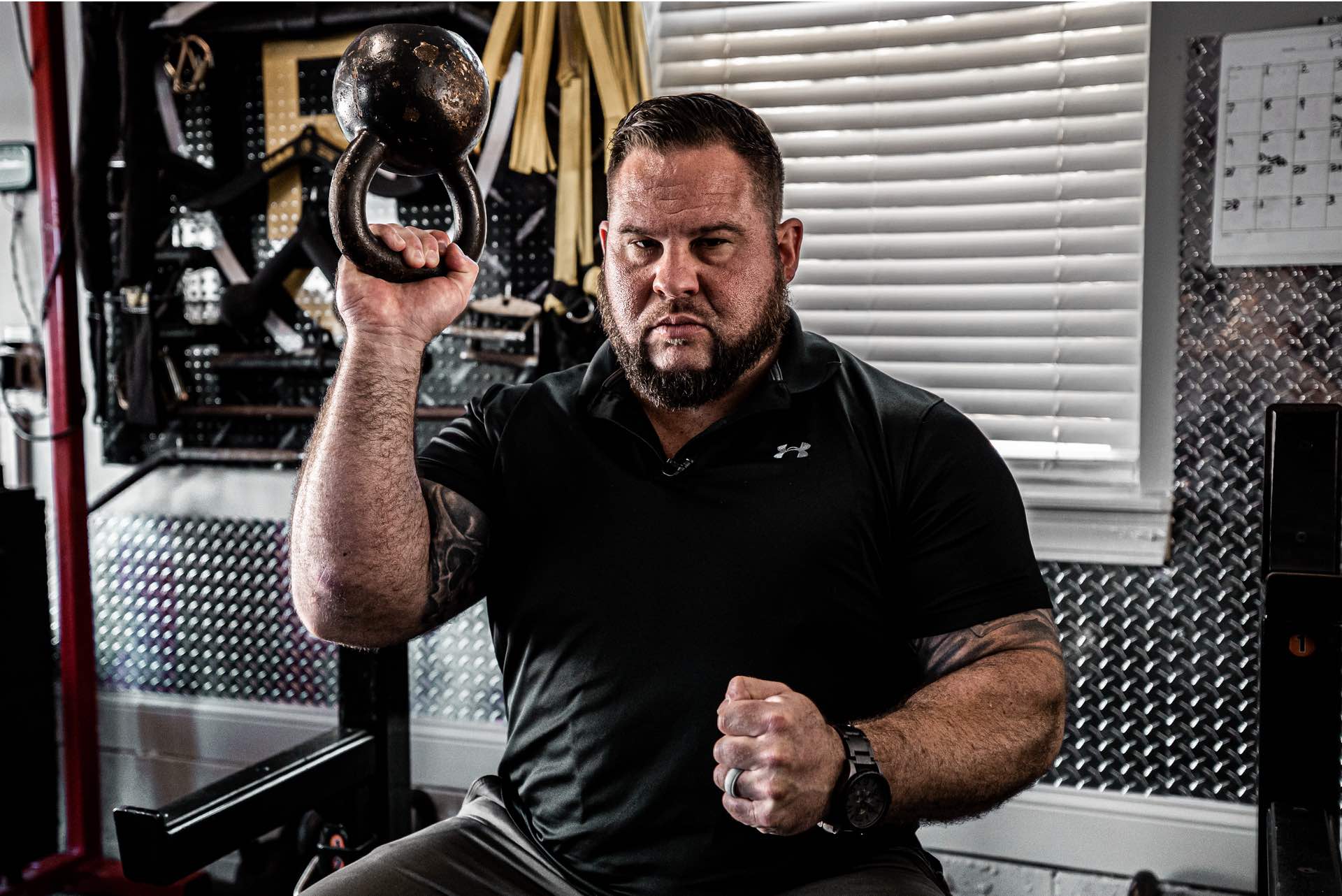
12 Apr 30min Rant: Is your goal general health, or ultimate performance part 2
In this series of articles, I will give myself 30min to write about a topic – a rough draft to published. It will be harsh and straight to the point. Let’s see how a few of these go and if I have any friends left after this period of time. The truth is out; these really aren’t rants; they are to help people avoid some of the mistakes I’ve made. Maybe a rant or two will come about.
You might not be doing the right exercises for your goal, which can be bad for longevity. Is your goal general health, or ultimate performance part 2:
What is your goal? If your goal is general fitness, it will look much different from pursuing, say – ultimate strength.
For the sake of this article, I’m going to focus on those who want to start strength training with minimal background in loading their spine but want to really do the process correctly. Here are my thoughts:
Much like ‘phase 2’, of getting back under the bar, which you’ve likely heard me discuss many times on podcasts, most recently Mark Bell’s Power Cast, you have to lay a proper foundation to rebuild (if back injury present) or build athleticism in a ‘virgin’ spine /body (not exposed and adapted to load) and protect it as much as possible by building a core of iron, teaching proper movement /lifts for their specific body type, limitations and goals.
You don’t take Judy, who has been busy the last 10 years post-high school athletics going the route of pedicures, spa treatments, playing light tennis, then out of the gate have her start deadlifting from the floor because she’s ready to start training. This is how you damage a spine that is not ready for loading of this magnitude, even if it’s ‘only 135.’
My suggestion is to start very slow. Ensure this person builds a core of iron by having them do the McGill big 3 daily (executed properly) and work on frontal plane athleticism, i.e., brisk walking and suitcase/bottoms up carrying. From there, gradually increase their work capacity, strength, and overall coordination and control with basic exercises foundational exercises like push-ups, rows, and chins. Even start grooving the set-ups and hip hinges.
Then, move them to KB and DB movements that will be a good beginning for the Big 3 lifts (squat/bench/dead) or whatever strength lifting goal. After a time, then progress them to a broomstick to show how the movements should feel with a barbell and start creating the perfect engrams even before starting with a loaded bar. This is especially good for the deadlift, as it can teach a very natural groove with minimal risk. Everyone will learn differently and approach the lift differently, so take your time with your client during this phase.
Once enough time has passed (not a matter of a few weeks), they have built a core and a solid foundation of balance and stability/control and then progress them to the barbell.
I cannot give exact timelines, but I’ve done this enough over the last 8 years to know that the spine is adaptable, but the correct timing is essential. There is a special art to this that only a combination of science and experience can guide you through. This is why not just anyone should be a trainer and coach, just like not just anyone should pick up a barbell and start squatting and deadlifting.
I get that sometimes people want to get under the bar and train, but that could be a bad choice that could help them for a couple of years but cripple them after 5 when not done correctly. Back injury is widespread in the squat and deadlift, so make sure to prepare them as it’s your job to get them to execute properly. This still doesn’t promise a good outcome; it’s just more likely to see success. Injury is part of the game, but unfortunately, stupid trainers don’t make it any better.
Brian Carroll
Latest posts by Brian Carroll (see all)
- Protected: -Header Image Post Template 2024 - April 18, 2024
- Brian Carroll X Professor Stu McGill full interview 2024 - April 16, 2024
- Protected: -Video Post Template 2024 - April 15, 2024





Sorry, the comment form is closed at this time.